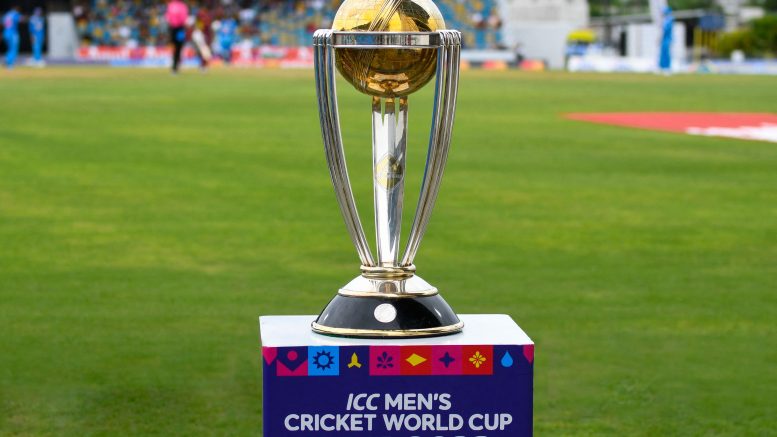Imagine a grand and spectacular sporting event, one of the most-watched in sports history, trailing only the Tour de France and FIFA World Cup. Additionally, the final game boasted 2.5 times the viewership of the Super Bowl, and that’s just from television, excluding the countless others who tuned in through online platforms—like my dad and me at 3 AM on a Sunday. Its epic nature didn’t stem solely from its massive audience; rather, it was a fitting contest between a team with irrepressible momentum, leading every stat until then, and a team that rose through the tournament like a sphinx. This event was the recently concluded Cricket World Cup, where Australia triumphed over the host and heavy favorites, India, in the final, securing their 6th title (including 5 out of the last 7).
The Cricket World Cup is a once-every-four-year event. Unlike soccer, cricket’s popularity is concentrated in a few countries, primarily in British Commonwealth nations—those under British rule in prior centuries. Nevertheless, cricket’s reach is expanding. The 13th Cricket World Cup, held in India from October to November 2023, featured 10 teams: Afghanistan, Australia, Bangladesh, England, India, the Netherlands, New Zealand, Pakistan, South Africa, and Sri Lanka. The tournament followed the typical round-robin league format, with each team playing each other once (nine games per team). The top four teams advanced to the semi-finals, with the winners progressing to the finals.
The league stage presented some intriguing moments. India, South Africa, and Pakistan started as heavy favorites. India lived up to expectations, winning its first game against Australia easily—it was such a one-sided affair that it generated significant backlash in the Australian media about their team being underprepared for a global stage like the World Cup. South Africa, however, suffered a surprising loss to the cricketing minnows in the Netherlands, shocking even the most ardent Dutch cricketing fans (if you can find any). New Zealand gained momentum and an early lead in the tournament. By the midway point, India, South Africa (having recovered from early humiliation against the Netherlands), and New Zealand were runaway leaders, while the fourth semi-final spot was still up for grabs, with Australia, Pakistan, and Afghanistan vying for it.
Then came the game of the tournament, or, arguably, the game of the decade: Afghanistan vs. Australia. Only the winner would realistically have a chance to make it to the semi-finals. Afghanistan batted first, setting a decent target for Australia. They had Australia on the ropes, claiming seven top-order wickets (out of ten), and seemed poised for a comfortable win. However, what followed was unprecedented: one of Australia’s middle-order batsmen, Glenn Maxwell, overcame hamstring cramps and back spasms to single-handedly win the game, scoring 201 runs—more than two-thirds of the runs needed—against all odds. Maxwell’s effort may not have found another parallel for years and decades, but it completely revitalized Australia’s campaign, propelling them as clear winners for the fourth semi-final spot. Meanwhile, India remained a formidable force, winning each league game with such a comfortable margin that the eventual knockout stages seemed like a formality.
Fittingly, the two countries—India and Australia—reached the final game, played in front of 135,000 boisterous spectators cheering for the home team. India batted first, and perhaps it was the nerves of the big occasion or Australia’s brutal efficiency, but the juggernaut couldn’t get going, setting a below-par target of 240 runs. To put that in perspective, India had set a target of 398 for New Zealand a few days earlier. Although a score of 240 wasn’t enough, India didn’t give up and claimed three quick wickets to inject life into the game. However, just as it seemed we were in for a nail-biter, Travis Head, one of Australia’s top batsmen, played the inning of his life, effortlessly scoring a century to snatch the game away from India and break the hearts of the stadium—and, I have to admit, my dad’s as well.
Cricket is gaining rapid traction in the US. The United States is the co-host of the next major cricketing event: the T20 World Cup in 2024, which will also help stimulate interest in the game. Moreover, the number of cricket players in the US has surged to over 200,000, up from the 30,000 who played or watched cricket a decade ago. The game’s popularity is increasing exponentially, and hopefully, the US cricket team will lift the prestigious World Cup trophy one day.






Be the first to comment on "The Cricket World Cup Comes to India"